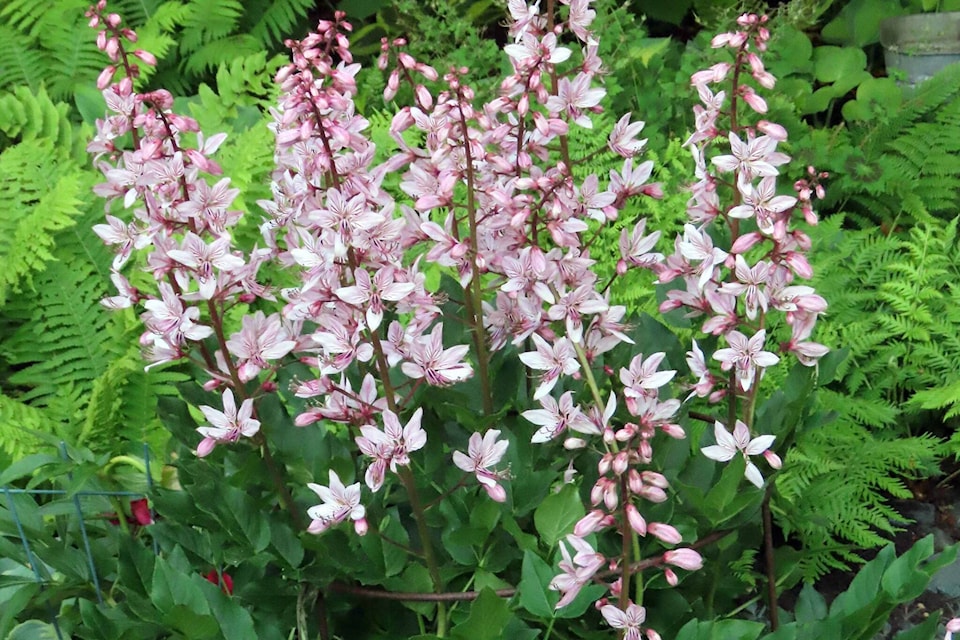Finally - some decent weather for our gardens - the plants are starting to take off now.
And the scent! I have transformed back into the garden where I grew up in Victoria.
One of my first gardening chores bequeathed to me by my dad when I was about seven was to deadhead the patch of clove pinks at the top of our sloping driveway. I likely inherited the job since I was forever picking bouquets of these fragrant flowers for my mom.
But what better job to introduce me to garden chores than working around a fragrant plant?! I gladly gave up some tree-climbing time in order to sit and cut off spent flowers.
Dianthus plumarius, more commonly known as pinks, cottage pinks, garden pinks, or my favourite – clove pinks – have long been a staple in cottage gardens, cutting gardens and borders. They are a relatively “bullet-tough” evergreen perennial with a long bloom period (if kept deadheaded) and few pest or disease problems.
Placement in the garden is important, however. While clove pinks can tolerate most soil types, they do need good drainage or they may develop crown and/or fungal rot. A sunny site in the garden is beneficial for flowering but in hot climates, they like some relief from the afternoon sun (this is truer during the periodic heat waves we are starting to experience).
Once established, this plant is drought tolerant, as well as deer resistant. Some references claim slugs, aphids, caterpillars, cutworms and thrips are problematic but we have seen none of these on any of our pinks.
However, we do see lots of bees and butterflies in the flowers and sometimes the hummingbirds. Definitely a worthwhile plant addition to any garden design.
Another worthwhile plant addition is dictamnus albus despite its unusual common name of gas plant (this plant is also known as dictamnus fraxinella ‘rosea.’ Totally confusing, huh?)
We get a lot of queries about this plant from visitors to our garden. It is easily noticeable at three feet (0.9 m) high and in full flower, being on the edge of the bed as it is but where it really should not be. Reason #1: For its height, I should have planted it more towards the middle of the bed. Reason #2: This plant prefers full sun and it is in my shady bed where it only gets morning sun. Therefore, the plant needs to be corralled in a peony ring to correct its lean towards the light. Otherwise, it would be laying almost flat on the ground.
Why don’t I move it, you ask? Good question. The answer is: I can’t. Turns out dictamnus is rather a finicky plant. Besides wanting full sun, annual fertilizing and regular water throughout the season, it absolutely detests being moved. And I have this information on very good authority from none other than Hans Hansen who is the propagator/breeder at Plant Delights Nursery in North Carolina. (I actually asked him)
So, the plant stays where it is with its peony ring in place. This does make it easier to smell the flowers, though. In the heat of the day, there is a faint smell of lemons produced by the oily compounds in the plant (Caution: some people find these oily compounds irritating to their skin).
But the gas plant deserves its name as there is also a highly flammable organic compound in the oils that will cause a freshly lit match to flare when held up to a flower. Be forewarned. It is not recommended you test this fact or the whole plant may go up in flames!
• • •
Our garden is open Thursdays to Sundays from 10 a.m. to 4 p.m. Contact me at duchessofdirt@telus.net if you need directions.
Leslie Cox co-owns Growing Concern Cottage Garden in Black Creek. Her website is at www.duchessofdirt.ca
